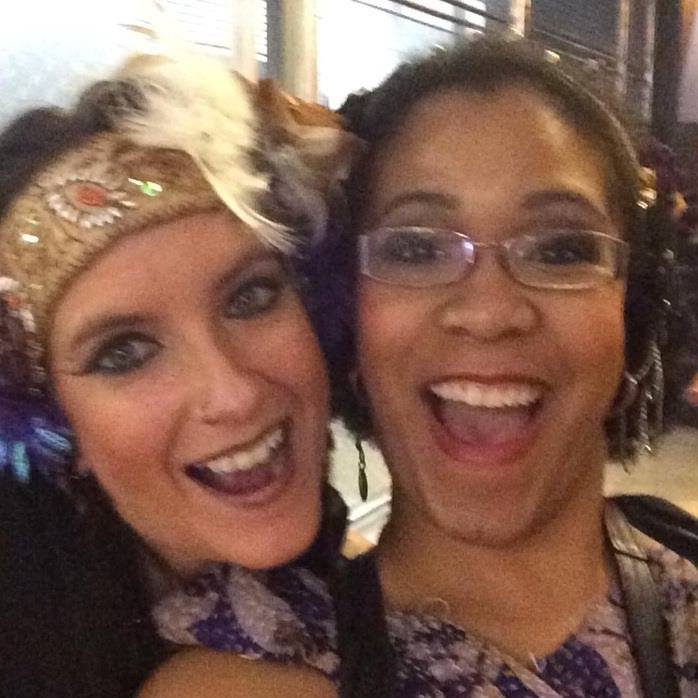In my last post on this subject, I touted the importance of taking classes and workshops from great instructors. My experience provided great tools for learning choreography that comes with being part of a professional or amateur dance troupe. Choreography is also important to a soloist as well. I have been an improvised performer for most of my career but have found that this method can lead to stagnation. The ‘go to’ moves become over used, and I just end up boring myself. I have always enjoyed learning someone else’s choreography in order to expose myself to a different way of interpreting music, new combinations, all while exercising my brain and body.
But how does one effectively learn a choreography? In a workshop setting, it can be challenging – maybe there is no mirror, there are a lot of people to bang into, you can’t hear or even see the instructor. I have an advantage of height, so a lot of times I move to the edge or to the back. Of course if the teacher is one of my favs, I do take advantage of the shyness of other workshop participants and plant myself on the front row. A good workshop instructor should switch lines anyway and I am happy to move to the back.
Music is so important to my retention of a movement set. Without it, I go blank. Having that soundtrack gives me cues to what movement comes next. Maybe there is an interesting instrument to follow, a catchy melody line or a familiar drum riff. A music composition tells a story of sorts. Take the standard dramatic structure – exposition, rising action, climax, falling action and resolution. Choreography works the same way – especially in a megeance where there are several different rhythm patterns that inform specific movement sets. Outlining that story line will help you organize your own cues.
My fellow Belly Dance Evolution sisters and I had a tough time remembering all of the choreography for the Alice in Wonderland show. Our biggest challenge was the bow choreography, which was very long, at the end of the show and while the movements weren’t difficult, they were similar to other movement sets earlier in the show. On top of that, the formations were quite intricate. So a couple of the girls came up with a remarkably catchy song to guide us through. If it weren’t for that silly string of sentences. I would have surely had to excuse myself from that bow!
Years ago I had the pleasure of studying with Morocco. When she taught choreography, she would take you through a set of steps and then repeat it three times. Such a simple concept – it worked like a charm. Good instructors will use repetition to get your muscle memory activated.
Try to examine your own learning process. Do verbal cues help you remember what comes next? Does the music give you cues in the instrumentation or accents? Does repetition provide the muscle memory and training to improve upon your execution? Perhaps all of these apply. One last tool I can mention that really helps is video taping your progress. You can see how your transitions look, how your form is holding up and if you happen to have your troupe mates with you, how well are you matching each other.
Hopefully this tidbit of info is helpful!




